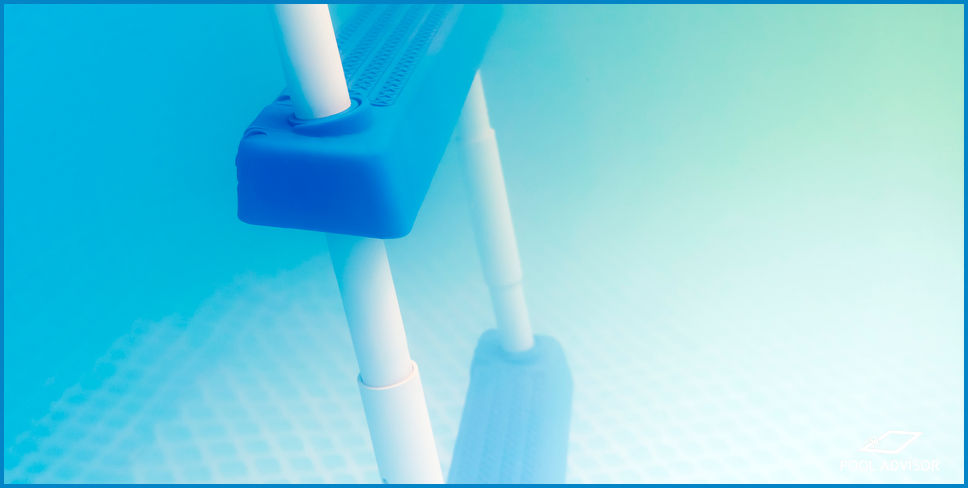
Pool Water Cloudy After Shock and Algaecide - How To Fix It?
Occasionally after using shock and algaecide, your pool water may become cloudy. While this is a normal occurrence, it can also be a sign that your products were used incorrectly.
In this article we will talk about the causes of cloudy pool water after shock and algaecide, how to fix this cloudy pool water, and how to prevent it from happening again in the future.
Causes Of Cloudy Pool Water After Shock And Algaecide
Cloudy pool water is a common occurrence after adding shock products, algaecides, or both, but some factors can increase the cloudiness.
Cloudy pool water that is caused by the use of shock products is typically a sign that the product is highly active and is working to neutralise any contaminants or infectious particles in your pool.
Algaecides can sometimes cause cloudy water when they are added to a pool because they contain a high amount of dissolved solids, such as polymers and/or copper. Because pool water can only hold so many dissolved solids, if your pool has a high calcium hardness level, adding these products can make your pool water cloudy and may even cause stains to form.
Algaecides and shock products are not intended to be used together within a close timeframe.
If you added an algaecide and a shock treatment soon after one another, this can greatly add to the cloudiness of your water and can increase the likelihood that stains will develop.
How To Fix Cloudy Pool Water Caused By Shock And Algaecide
Cloudy pool water that is caused by the use of a shock treatment should subside on its own as the product works to eliminate any pollutants. This time period can vary based on the shock product that you use, but waiting periods vary from 8 to 24 hours.
As you are waiting for your pool water to clear up, be sure to keep your pump and filter running. If you have a removable filter cartridge, consider removing it for a cleaning in order to increase its capacity for capturing more particles of debris.
If your pool is cloudy after using an algaecide, or after using a shock treatment and an algaecide in close combination, you should test the calcium hardness of your water.
Ideal calcium hardness levels range from 200-400 parts per million (ppm), as levels above these will create cloudy water and potentially lead to scale forming.
To lower the amount of calcium hardness in your pool, we recommend performing a partial drain and refill of your pool’s water.
To do this, drain your water level to no greater than 7cm below the normal water line and then refill your pool with fresh water. Afterwards, take steps to rebalance the chemistry as needed.
How To Prevent Cloudy Pool Water When Using Shock And Algaecide
When treating an algae infestation, it is important to know that algaecides are intended as a preventative product. This means that while they are great at keeping algae from developing and spreading, they are not as effective on algae that is already prolific.
To treat algae, you should always begin with a shock treatment. This can be chlorine-based or non-chlorine based, and a strong enough dose should be used relative to the severity of algae in your pool. While cloudiness can occur during a shock treatment, this will resolve on its own.
After performing a shock treatment of any kind, it is advisable to wait at least 24 hours before introducing an algaecide to prevent these products from interacting and forming water cloudiness and stains.
Use this shock calculator to work out the appropriate dose for your pool.

Louis
A chemical engineer by trade, Louis is committed to debunking myths in the pool industry by explaining the underlying chemistry and making it accessible to all.
